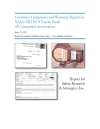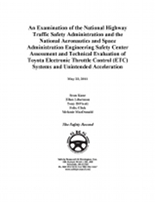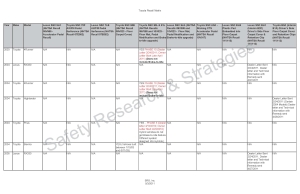Among safety advocates’ most vociferous criticisms of NHTSA and NASA’s investigation into Toyota Unintended Acceleration were the copious black smears over key bits of data and text in their twin reports released last February. These redactions have kept independent scientists from knowing exactly what the investigators did, irrespective of assessing the quality of the research. (See: How NHTSA and NASA Gamed the Toyota Data)
Alice and Randy Whitfield of Quality Control Systems Corporation, ever the assiduous students of NHTSA’s statistical and informational folkways, went for broke. Shortly after the reports were released, they filed a Freedom of Information Act request for non-redacted versions of the reports and supporting material that was missing from the record. In response, NHTSA publicly released some of the information in the form of less redacted versions of Technical Assessment of Toyota Electronic Throttle Control (ETC) Systems and Technical Support to the National Highway Traffic Safety Administration on the Reported Toyota Motor Corporation Unintended Acceleration Investigation, but continued to withhold other information. Continue reading


